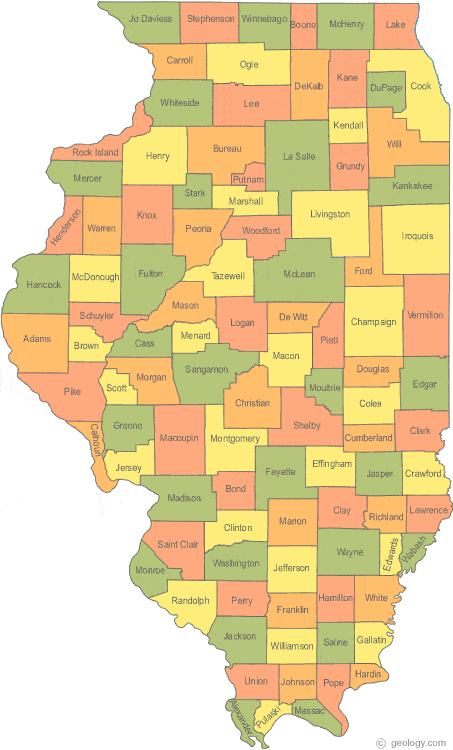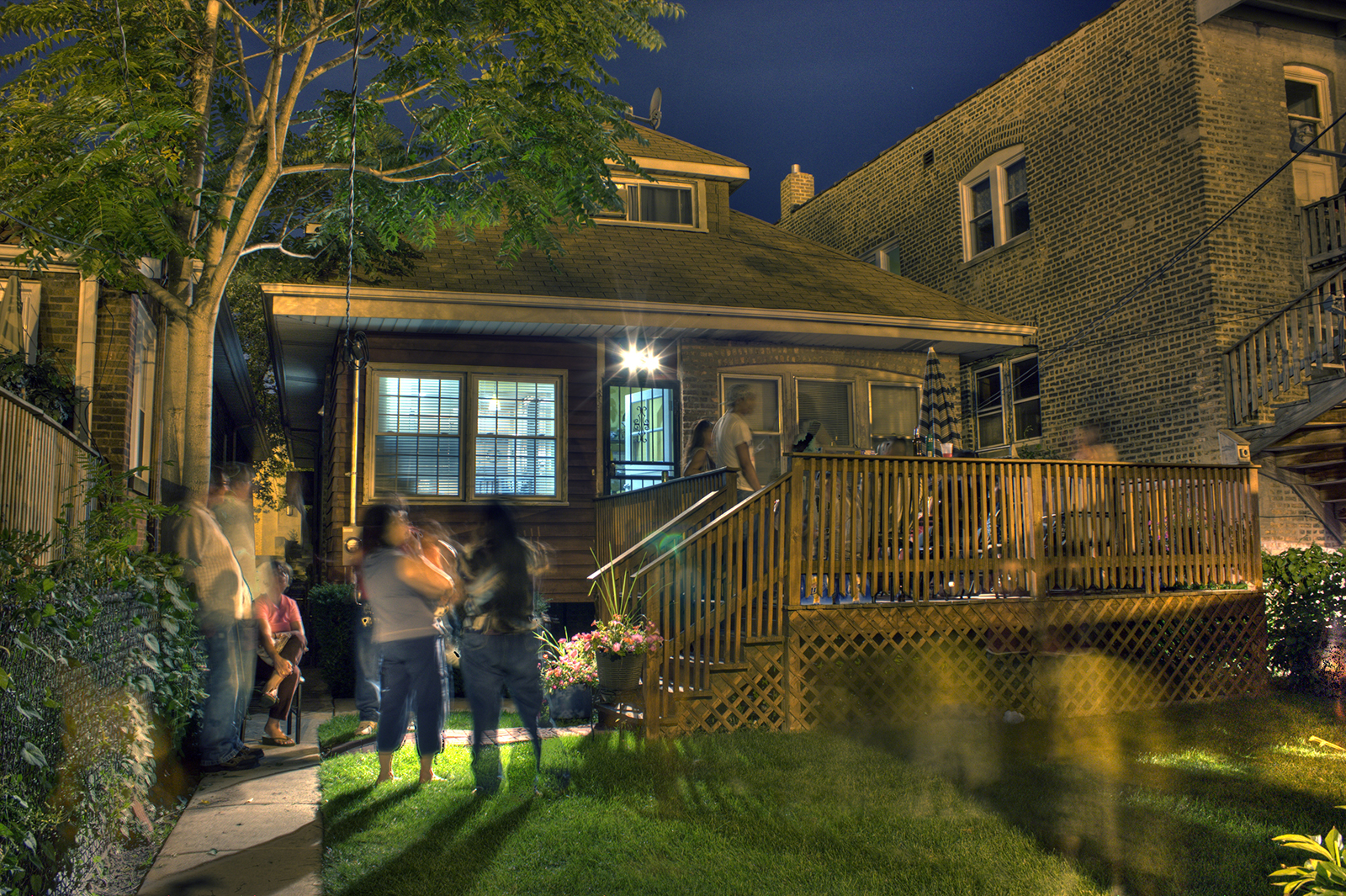 |
| Illinois State Capitol, Springfield "Just outside Chicago, there's a place called Illinois" (70s tourism slogan) |
My native state of Illinois lost another chunk of population this year, according to Vintage 2022 estimates released last week by the U.S. Census Bureau. Illinois's population losses stand out, even by the standards of the Midwest, which has lost 0.3 percent of its population since the 2020 Census. , Illinois has declined 1.8 percent in the last two years; the next-sharpest declines, in Michigan and Ohio, were only 0.4 percent each. In the middle of those states, Indiana has gained 0.7 percent. Even Iowa looks comparatively good, at plus 0.3 percent. Nationwide, only New York and the District of Columbia (both -.2.6 percent) lost more of their population over the last two years than Illinois. [On the other hand, in 2022 Illinois ranked second in the Midwest (3.1 percent) behind South Dakota (3.5 percent) in percentage increase in employment. There's more than one metric around, and population may not be the best indicator of a state's well-being.]
From 2010 to 2022, the U.S. as a whole has gained not quite 8 percent in population. In that time, Illinois has lost 0.17 percent, ranking ahead of only Mississippi (-0.24 percent) and West Virginia (-3.84 percent) (World Population Review 2022). The clearest story to explain this has come from the right; Pete Saunders (2022a) characterizes their version as centering on Chicago as the 21st century American Urban Dystopia--staggering crime and violence, frighteningly bad public schools, and high taxes that do more to support rampant political corruption than quality public services. It follows the only effective remedy would be a sort of militarized neoliberalism: cut taxes and services, privatize education, stomp on the criminals, can the racial justice stuff, and vote Republican. This is supposedly how they get it done in sunnier areas and wealthy suburbs (cf. Voegli 2022).
Illinois is losing population in non-metropolitan areas.
 |
| Illinois and its 102 counties (Creative Commons) |
In all, 15 counties in Illinois gained at least some population from 2010 to 2022. These include eight of the nine counties in the Chicago MSA, Champaign County (home of the University of Illinois), McLean County (home of Illinois State University), two of the three counties in the Carbondale/Marion MSA (home of Southern Illinois University), Monroe County in the St. Louis MSA, and rural Carroll County in rural western Illinois. Each surely has its own story to tell, but here are some observable patterns, few of which are unique to Illinois:
- Successful urban areas, around Chicago and the largest universities, are propping up the rest of the state, though not growing as fast as successful metros elsewhere in the country
- The state is hemorrhaging outside the metros, with 60 of 62 micropolitan and rural counties losing population, 16 by more than 10.0 percent
- Sangamon County (Springfield) is holding almost steady with a 0.68 percent population loss since 2010, though Springfield hasn't been able to capitalize--ha ha!--on the headquarters of state government as have Des Moines, St. Paul, Madison, Indianapolis, and Columbus
- Some urban areas are not doing well at all, possibly because of commitments to outdated industries (Decatur, Kankakee, Peoria, Rockford, St. Louis); the same might be said of the Quad Cities, although Scott County, Iowa (Davenport) is growing
- The two biggest drops among micropolitan counties are McDonough (-19.77 percent) and Coles (-15.61 percent), home to regional state universities that have suffered precipitous enrollment losses... a sort of Rust Belt of the mind as higher education evolves
| Malpass Library, Western Illinois University, McDonough County, where your humble blogger started his teaching career (from wiu.edu) |
- Why has there been so much population loss in rural places? Can something be done in some of these areas (tourism, local industry, organic food) to revive some of these places?
- What can be done with struggling industrial (or small university) cities?
- Why isn't Chicago (or Champaign-Urbana, Carbondale, and/or Bloomington-Normal) growing faster than it is?
 |
| Cairo, Illinois, seat of Alexander County (372 miles from Chicago), largest proportionate population loss among Illinois counties |
But, what about Chicago?
Chicago has a thriving, dense core; some prosperous communities on the outskirts; and a vast, mostly poor, less-populated hinterland in between. Bridging that gap may not be impossible, but there's much work to be done. (Saunders 2022a)
 |
| Loft apartments by the Bloomingdale ("606") Trail, Chicago |
- "Be who you are." Acknowledge and build on strengths, and avoid radical solutions that try to replicate 1980s Dallas. Avoid all ideologues, rightists and leftists, selling pet formulae for success.
- "Lean in on immigration." Unfortunately, this requires more coherence and less hostility in national policy, but do whatever can be done.
- "Promote affordable urbanism and authenticity." Chicago offers urban life at a much lower cost than New York or Seattle; done right, this could work in smaller metros as well.
- "Boutique manufacturing," by which he means more artisanal workshops, leaving the big plants to chase lower labor costs in the South and across the border.
- "Water security." Shore up environmental infrastructure, and prepare for climate refugees.
What is to be done?
 |
| Jackson Boulevard, downtown Chicago, Illinois' most economically productive district |
- Look for ways, the less radical the better, to improve the lived experience of current residents. Small steps can be simply expanded or rescinded; radical moves and "game-changers" cannot be. (cribbed from Strong Towns)
- Illinois's reputation for high taxes and urban crime, however exaggerated, aren't helping its image or the mood of its people. (Do taxes explain why Rock Island, Rockford and Cairo are shrinking while towns across the border are growing?) Addressing these needs to be part of whatever gets done.
- Agreeing in part with Voegli, look for every opportunity to improve the quality and quantity of education in the state (cf. Gilmartin and Hurley 2018, Frey 2019)--as long as we strive to include everyone, because...
- Every policy proposal needs to take into account the role of racial discrimination in creating the world in which we live.
- Every policy proposal needs to take into account all the ways we have sought to accommodate motor vehicles, at the cost of our community, our environment, and our bodies.
 |
| Quincy L stop, Chicago Loop |























